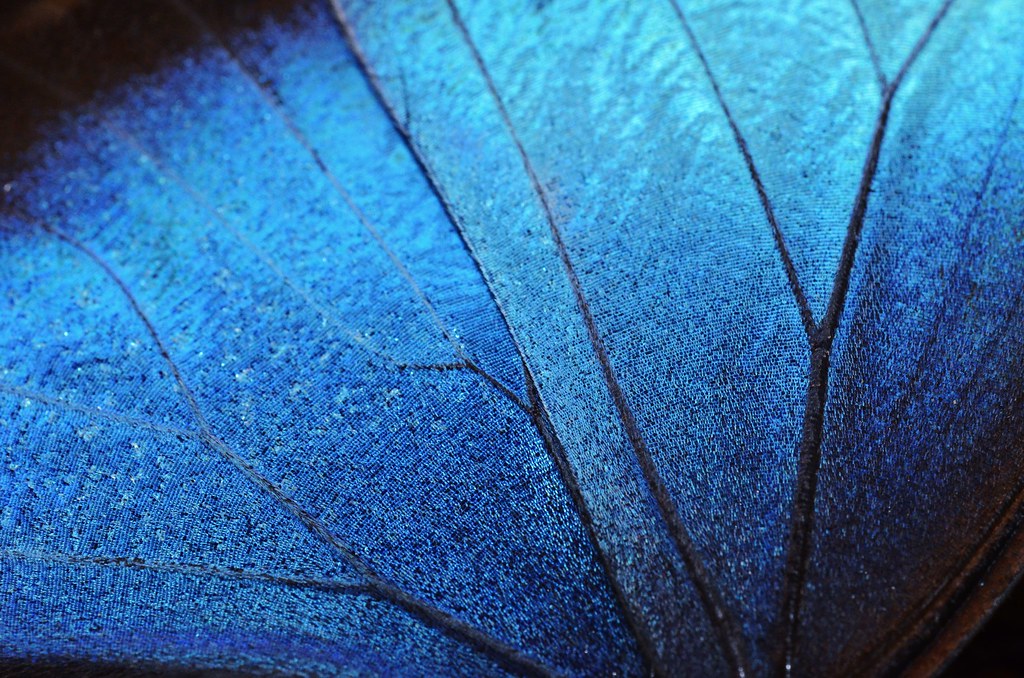The potential of structural colour paint
26 June 2023
Throughout history, artists have been using pigments and dyes to make all the different colours they need for their masterpieces. But recently, scientists have developed a new kind of paint using structural colour – a phenomenon that could fundamentally transform our perception and utilisation of colour and paint.
We have outlined below more details on the latest in structural colour that may change the way you think about colour…
Light as a Butterfly, Resilient as a Diamond
For centuries, artists have relied on pigments and dyes to create the range of colours needed for their works of art. However, scientists have recently created a paint based on a phenomenon called structural colour, which has the potential to revolutionize the way we use colour and paint.
Structural colour is different from traditional pigments in that it occurs when light interacts with the structure of a material rather than the chemical makeup of a pigment. Essentially, this means that instead of relying on a colourant to absorb or reflect specific wavelengths of light, structural colour is created by physical structures that manipulate incoming light waves.
One example of structural colour in nature is the iridescence of butterfly wings. Instead of relying on pigments to create their vivid colours, butterflies have microscopic scales on their wings that reflect light in specific ways, creating a rainbow of iridescent hues.
Researchers at the University of Central Florida nanoscience lab have recently created a paint that uses similar principles to create a range of tones and colours. This paint is created by embedding microscopic structures into a material, which then interacts with light in specific ways to create specific hues.
One of the key benefits of this type of paint is that it is incredibly versatile. Because it is not dependent on a specific chemical composition or pigment, it can create a range of colours that traditional pigments simply cannot match. Structural colour-based paints are also much more resistant to fading and wear than traditional pigments.
Perhaps most importantly, the paint is also the lightest in the world – both in terms of weight, as well as temperature. It is lightweight enough to potentially cut fuel usage in planes and cars that are coated with it. It doesn’t trap heat from sunlight like pigments do, and its constituents are less toxic than paints made with heavy metals like cadmium and cobalt.
Of course, there are still challenges that need to be addressed before structural colour-based paints become widely available. One of the key issues is creating these complex, microscopic structures on a large scale and at an affordable cost. However, as more research is conducted and more companies invest in this technology, we can expect to see more and more structural colour-based products on the market.
– By Mariusz Bogacki, Researcher and Science Communicator, Edinburgh








